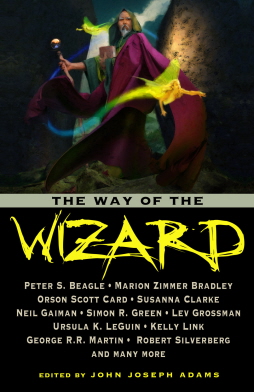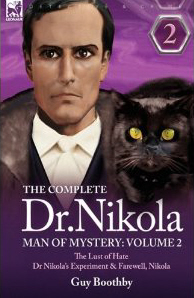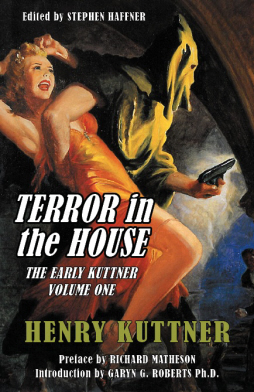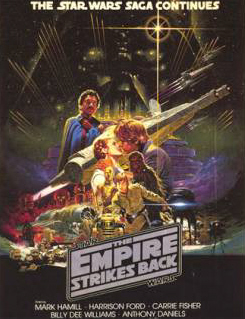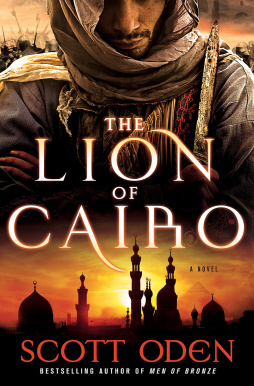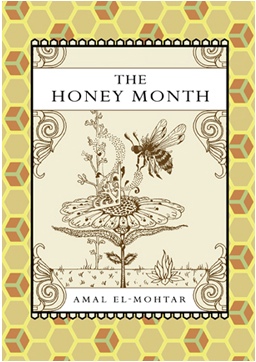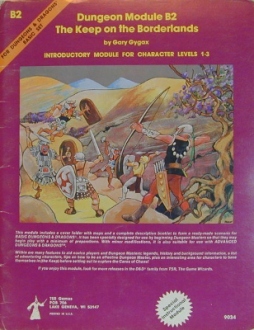Letters to Black Gate: Submission Windows, Port Iris, and Canadian Fiction
 Kerstan Szczepanski responds to our recent post on the latest issue of Port Iris magazine:
Kerstan Szczepanski responds to our recent post on the latest issue of Port Iris magazine:
I don’t know much about Port Iris beyond what I’ve seen in issue #3. A little too alternative for my taste. Although Aidan Doyle’s Salary Ninja was pretty good (“When I was young, if a demon had a blue tooth, it meant something different.”); if that guy submits anything to you, read him right away. And the cover makes me think of Tex Avery, very cool.
I’ve been a long time subscriber to Black Gate since issue 3 or 4 or something, absolutely love the mag.
Richard Dillio asks:
I had never read your magazine until about a year ago. A friend from work brought in a copy and I burned through it in about two days (my job has a lot of down-time, heh). I am continually impressed by your organization — fantasy magazines seem to be dropping like flies lately, but you guys are hanging on. I’m glad there is a magazine out there still willing to print the sword-and-sorcery and adventure fantasy stories that are the real bedrock of the American fantasy tradition.
It seems like every time I check your guys’ webpage for when submissions are open, you aren’t accepting submissions. I realize the market is probably glutted with good adventure fantasy for you guys to choose from, but is there any reliable time when you guys are accepting submissions? Like, say, any specific time of year? If not, that’s cool too. Just curious.
Anyways, keep up the great work. I love the magazine!
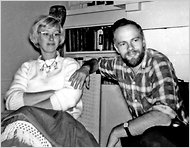 On the heels of
On the heels of 